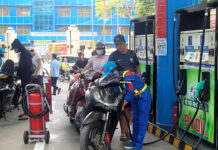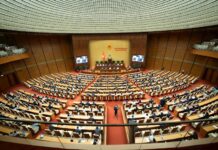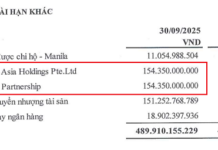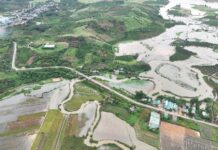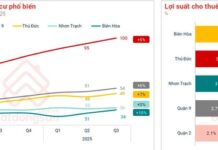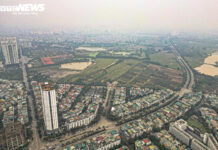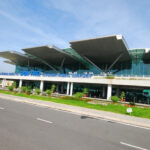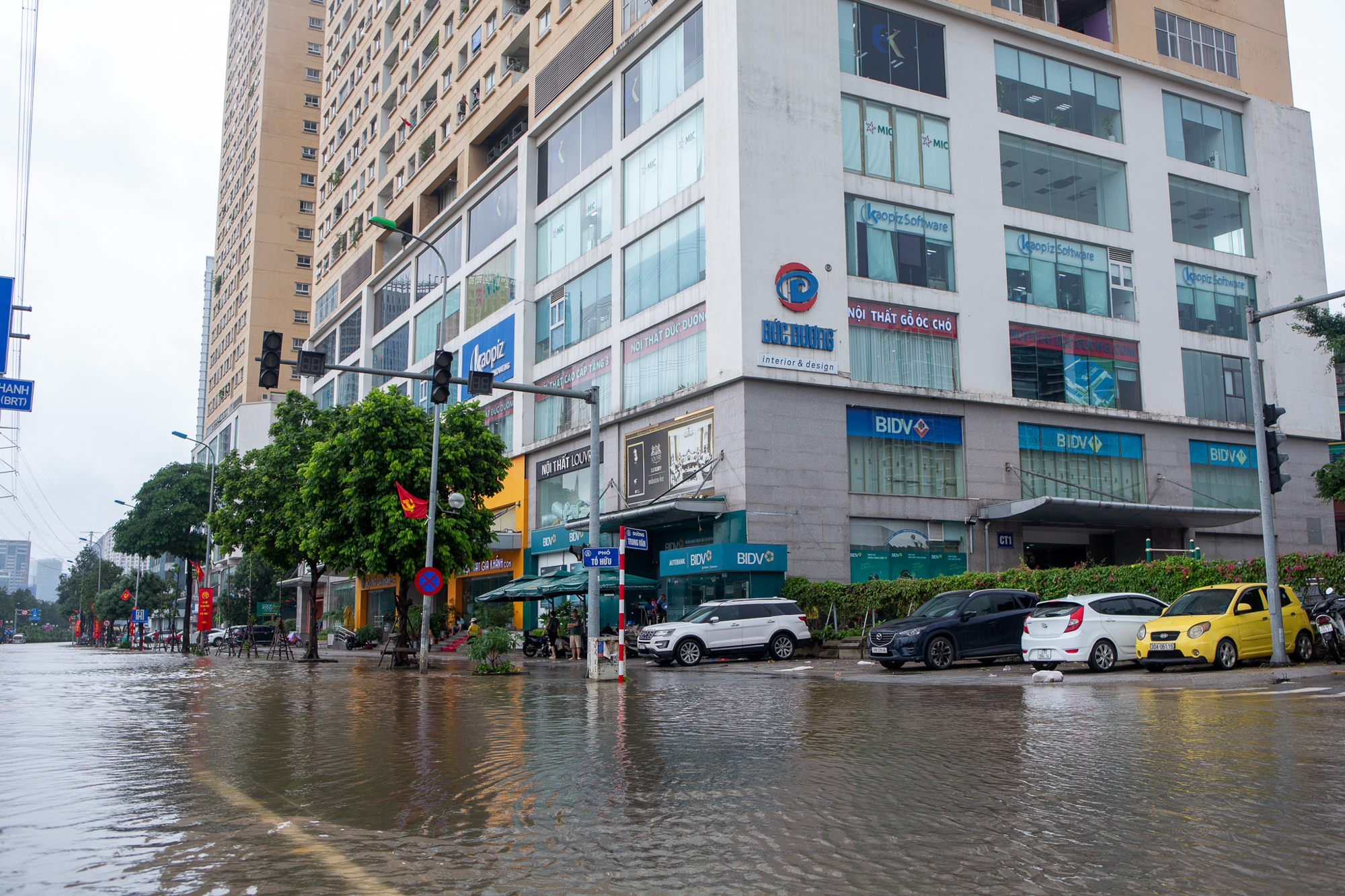
Real estate experts advise that visiting properties during rainy days is the most practical way to assess their true condition. Heavy rain reveals a project’s drainage efficiency, waterproofing, and flood risks, providing buyers with an accurate perspective before making a decision.
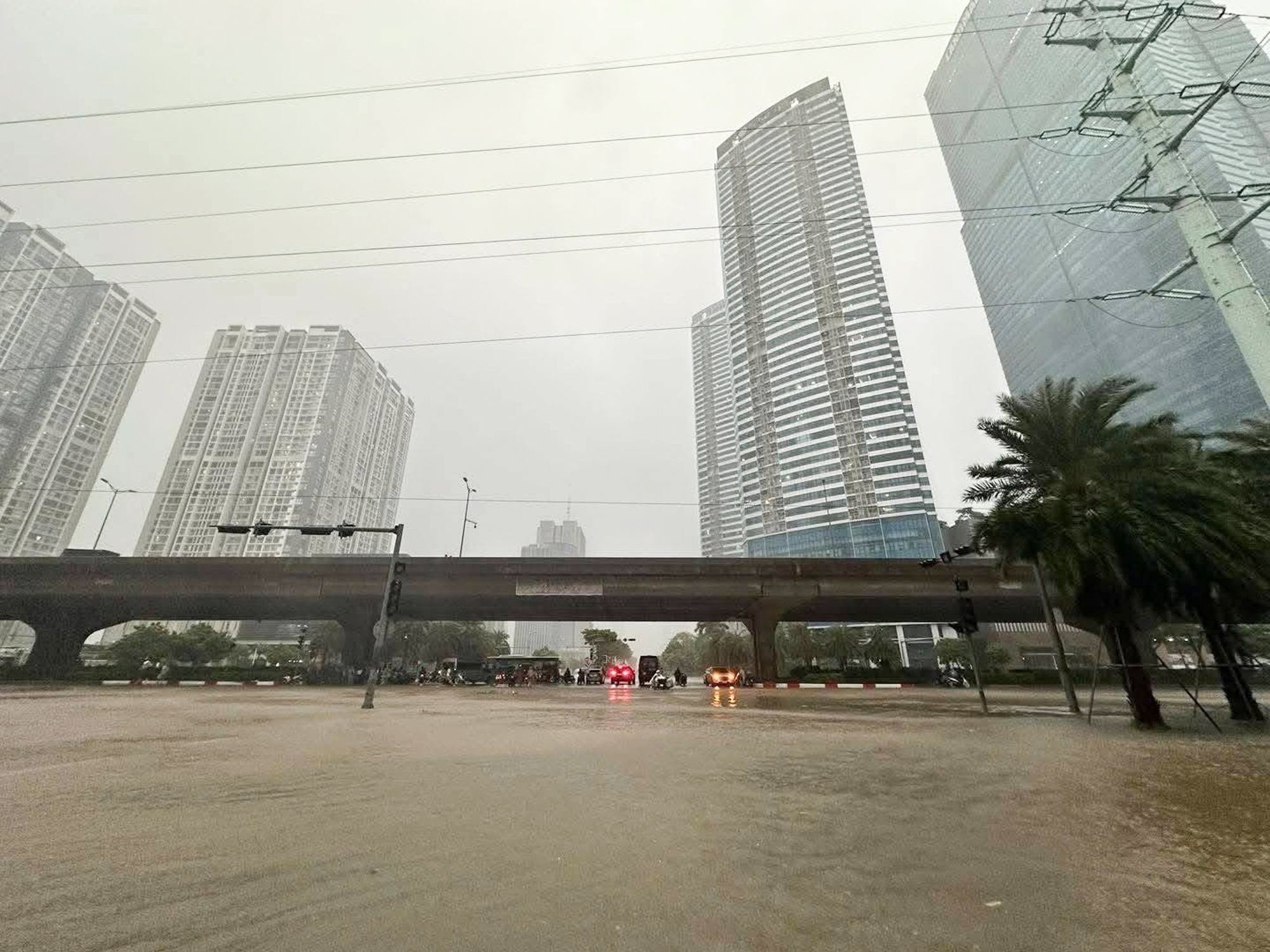
At Keangnam Landmark 72 on Pham Hung Street, heavy rainfall caused localized flooding at the entrances. Rising water levels significantly hindered residents’ movement, forcing many to wade through water or hire rickshaws to escape the flooded areas.
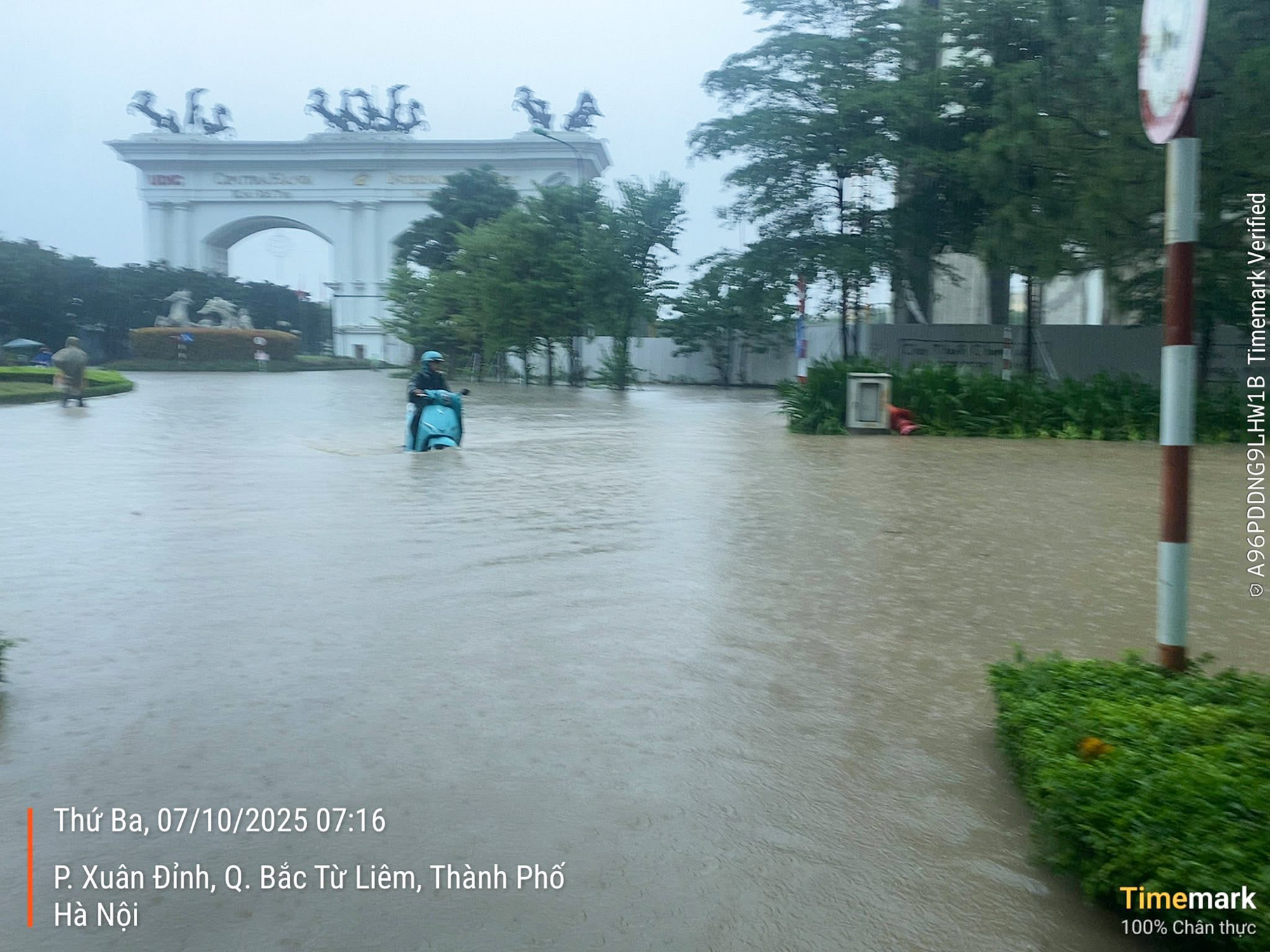
Flooding was also reported in the Ciputra urban area. Several internal roads were submerged, with some sections deeply flooded. Although not as severe as other hotspots, the flooding in this high-end urban area raised concerns among residents about long-term drainage infrastructure.
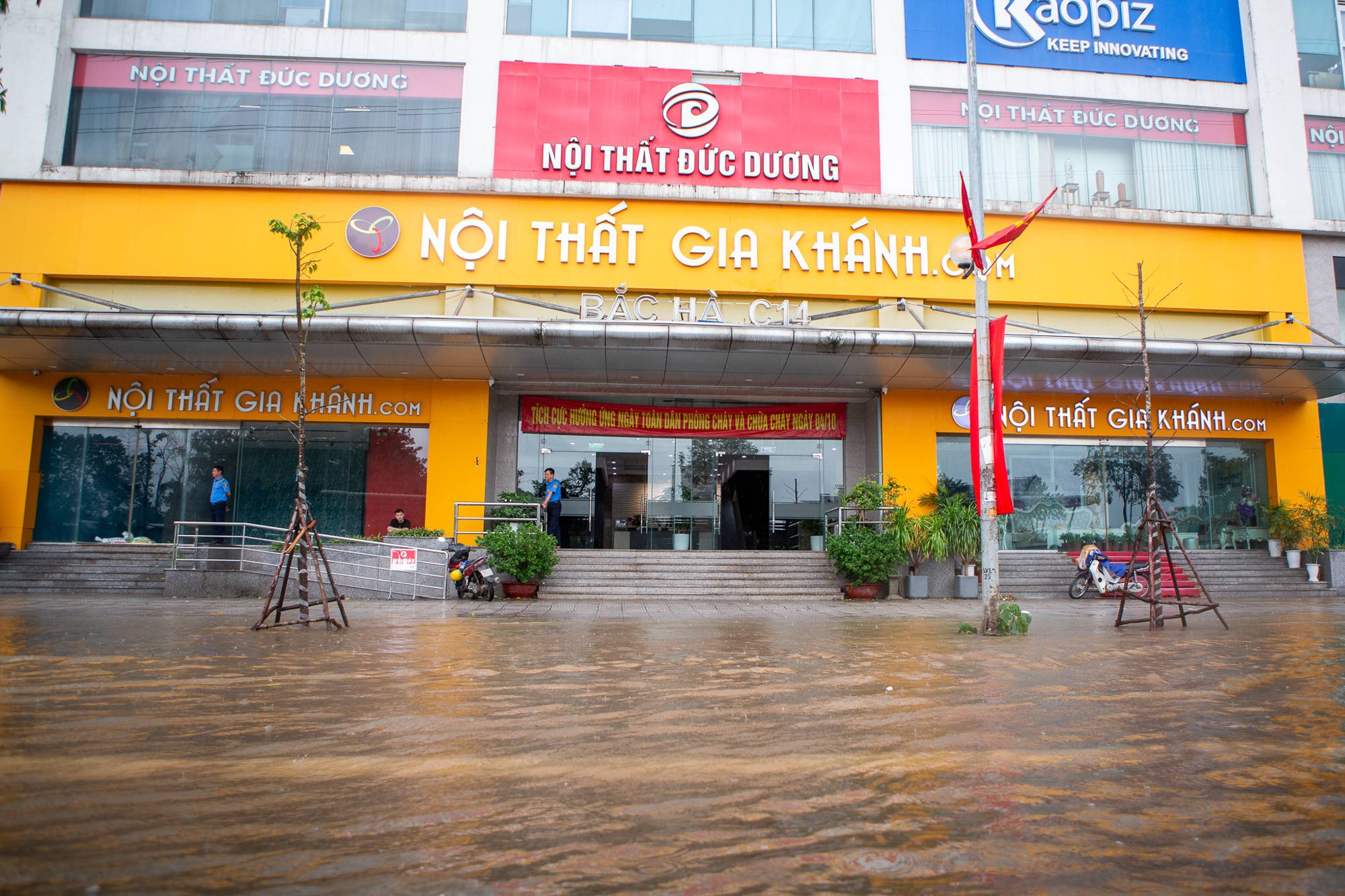
On To Huu Street, the Bac Ha Tower also experienced flooding during heavy rain. The area in front of the main lobby and adjacent roads were covered in long-standing puddles, making it difficult for motorcycles and cars to navigate.
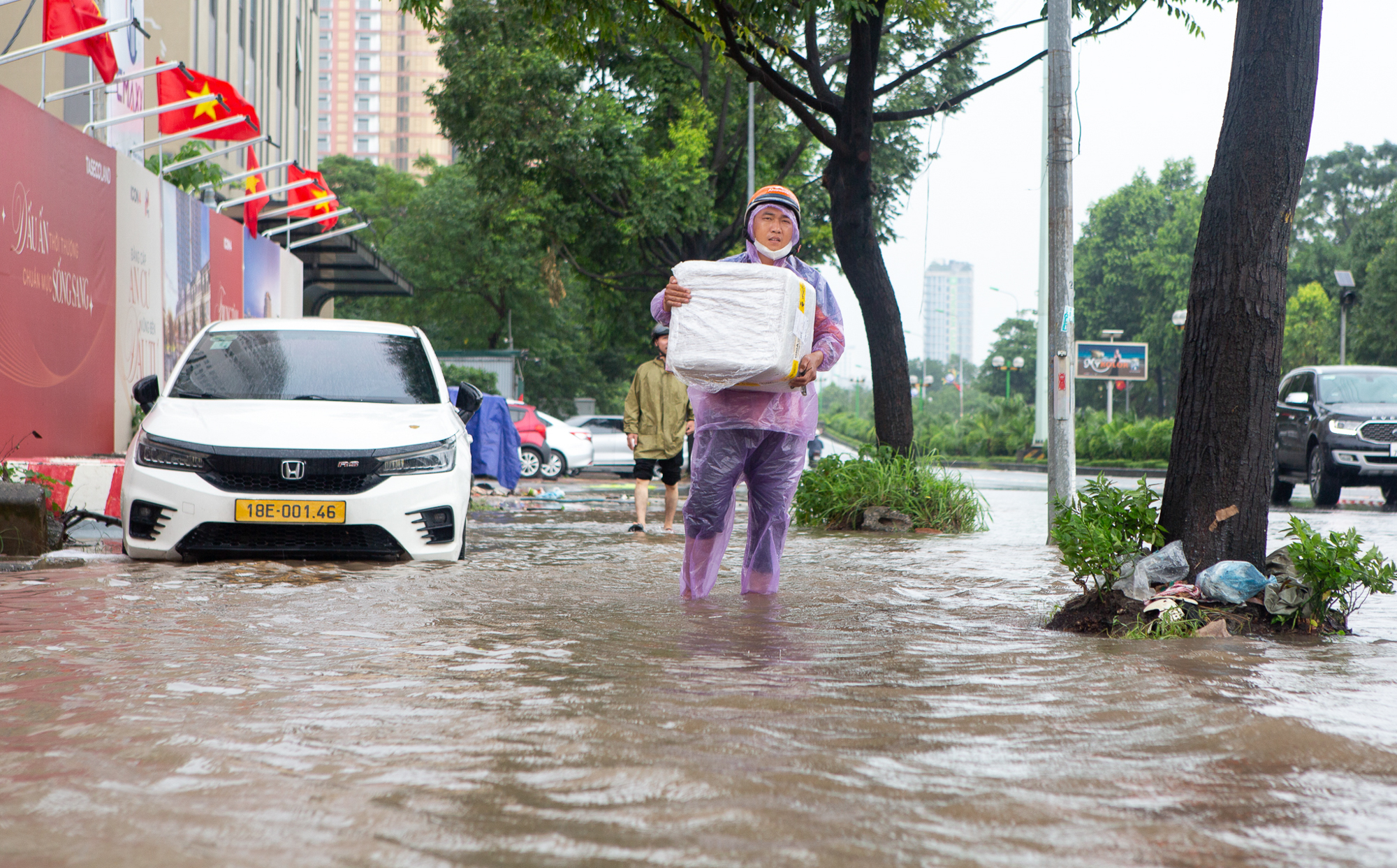
Delivery services faced significant challenges. Floodwaters blocked access, forcing many delivery personnel to walk their vehicles through water for dozens of meters just to reach the lobby and deliver packages.
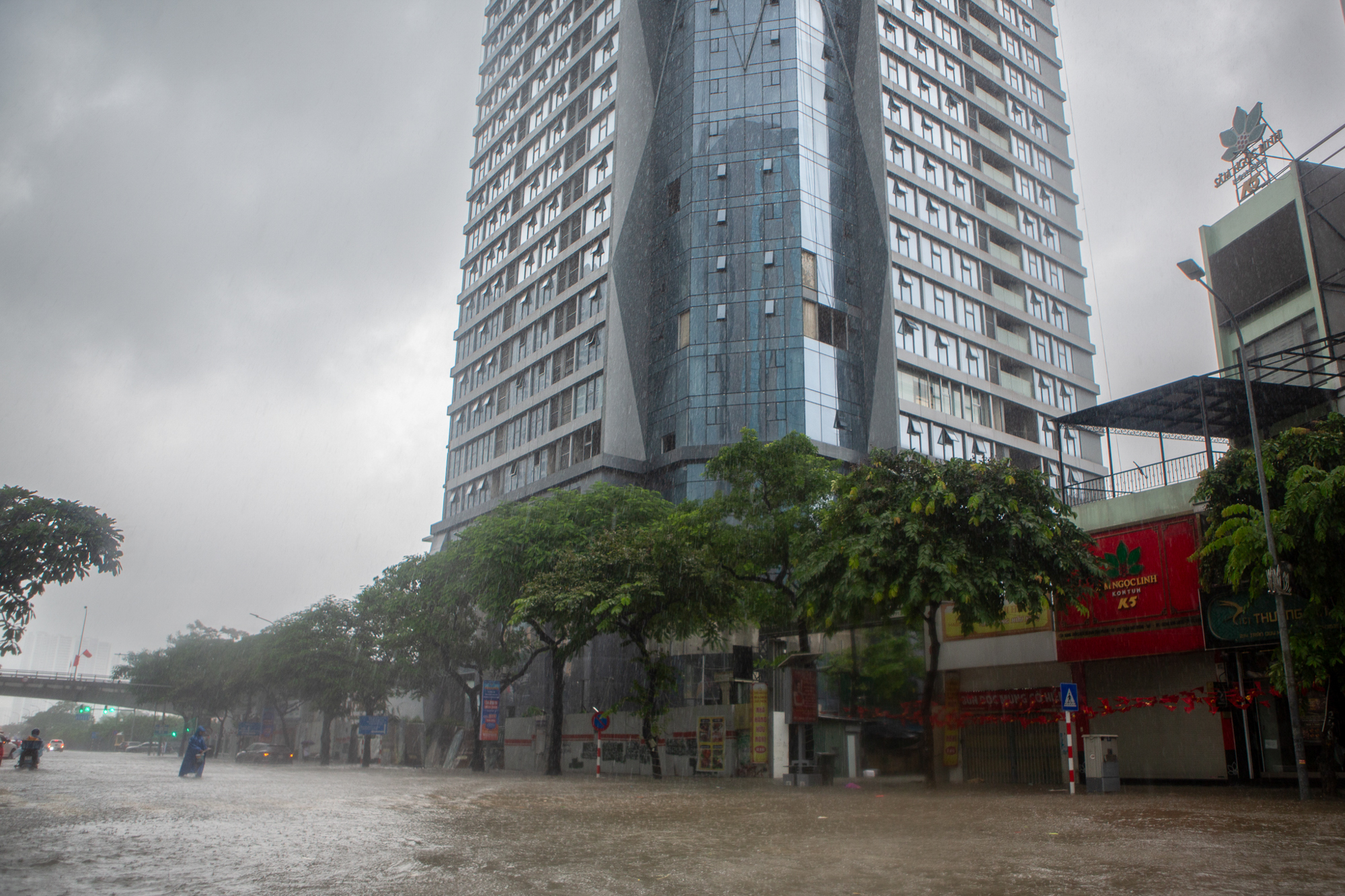
The Summit 216 project on Tran Duy Hung Street, still under construction, was severely affected. The entire surrounding area was submerged in water.
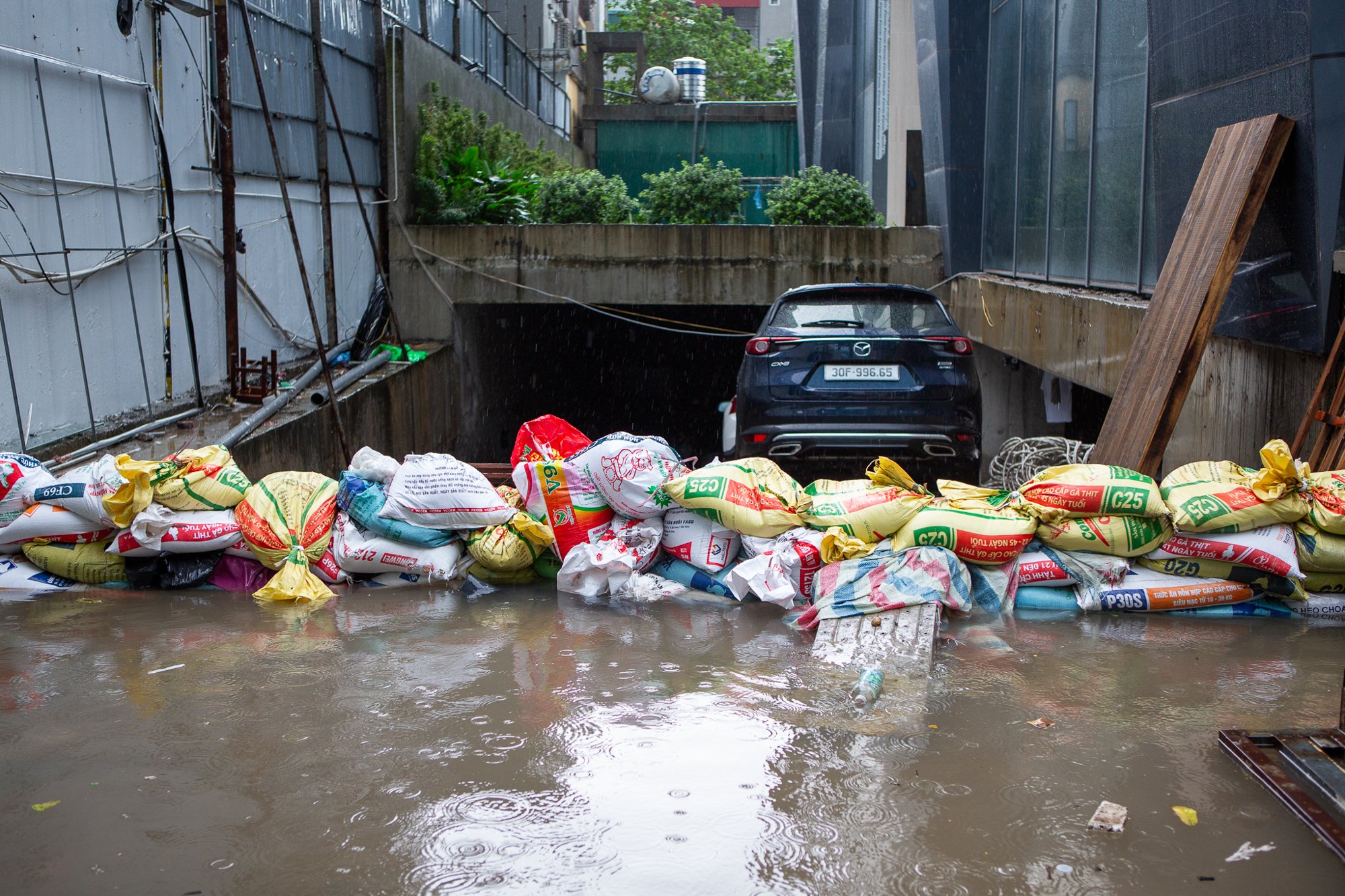
Deep floodwaters infiltrated the project site, reaching knee-high in many areas. The basement was temporarily reinforced with sandbags to prevent water from seeping in. Many vehicles stalled despite being driven onto sidewalks, forcing drivers to wade through the water.
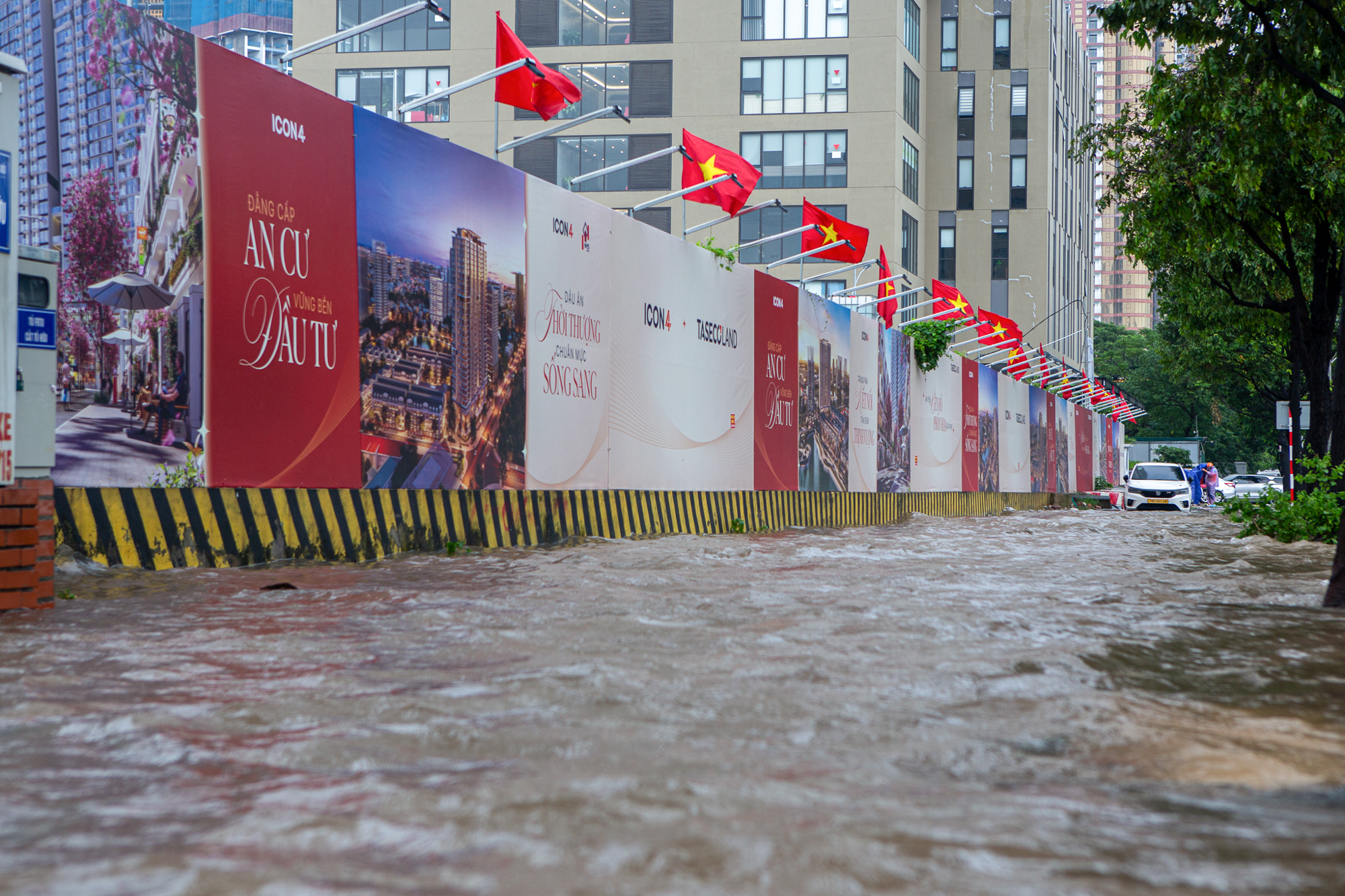
Even newly started projects were significantly impacted. At the Dong Nam To Huu project, the frontage along To Huu Street was deeply flooded. This provided an opportunity for buyers to directly observe the drainage system and actual infrastructure before committing to a purchase.
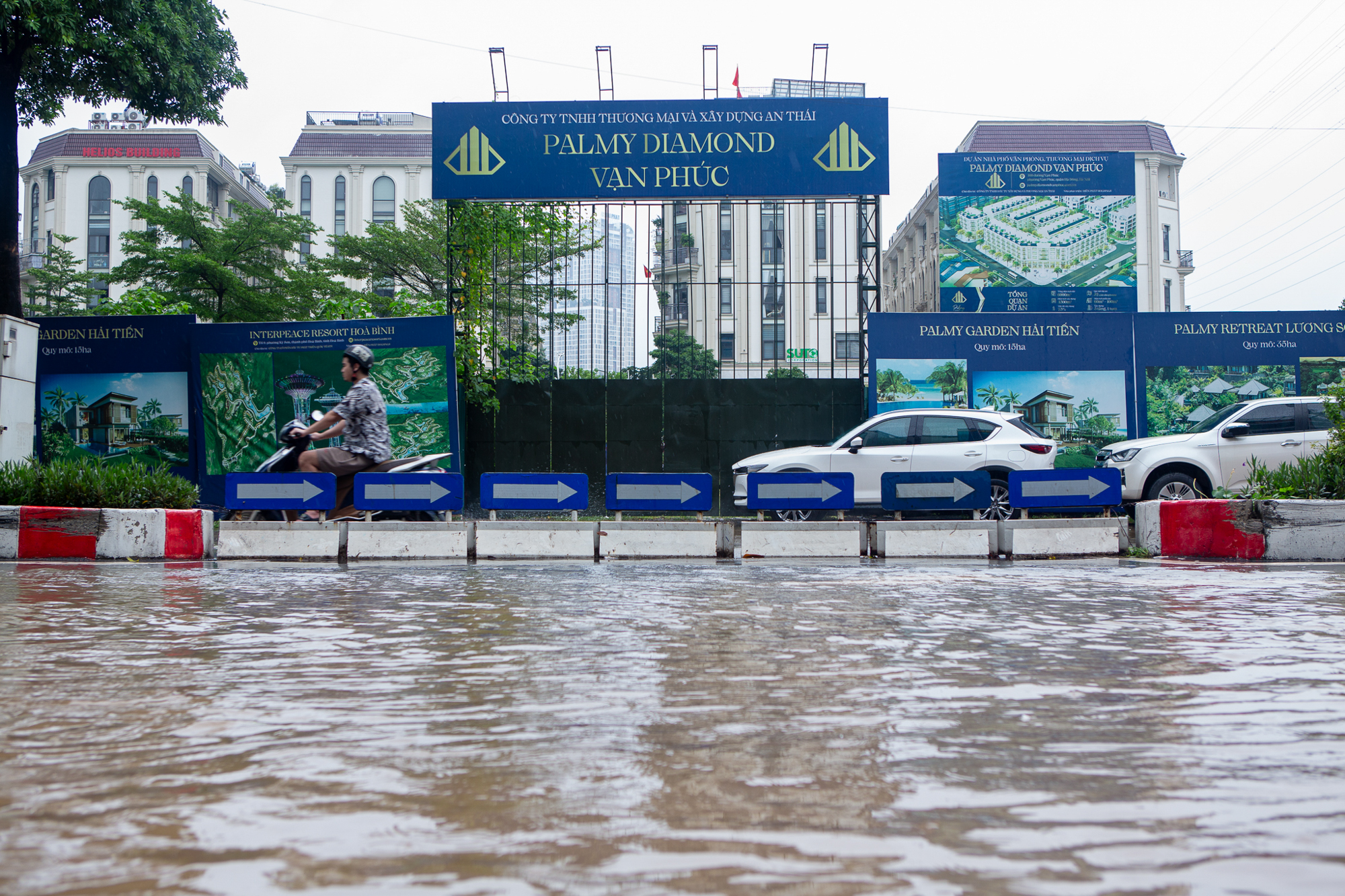
Similar conditions were observed at Palmy Diamond Van Phuc. Surrounding low-lying areas failed to drain water quickly, restricting traffic. Although still in the early stages, the flooding prompted many buyers to question the long-term infrastructure solutions around the project.
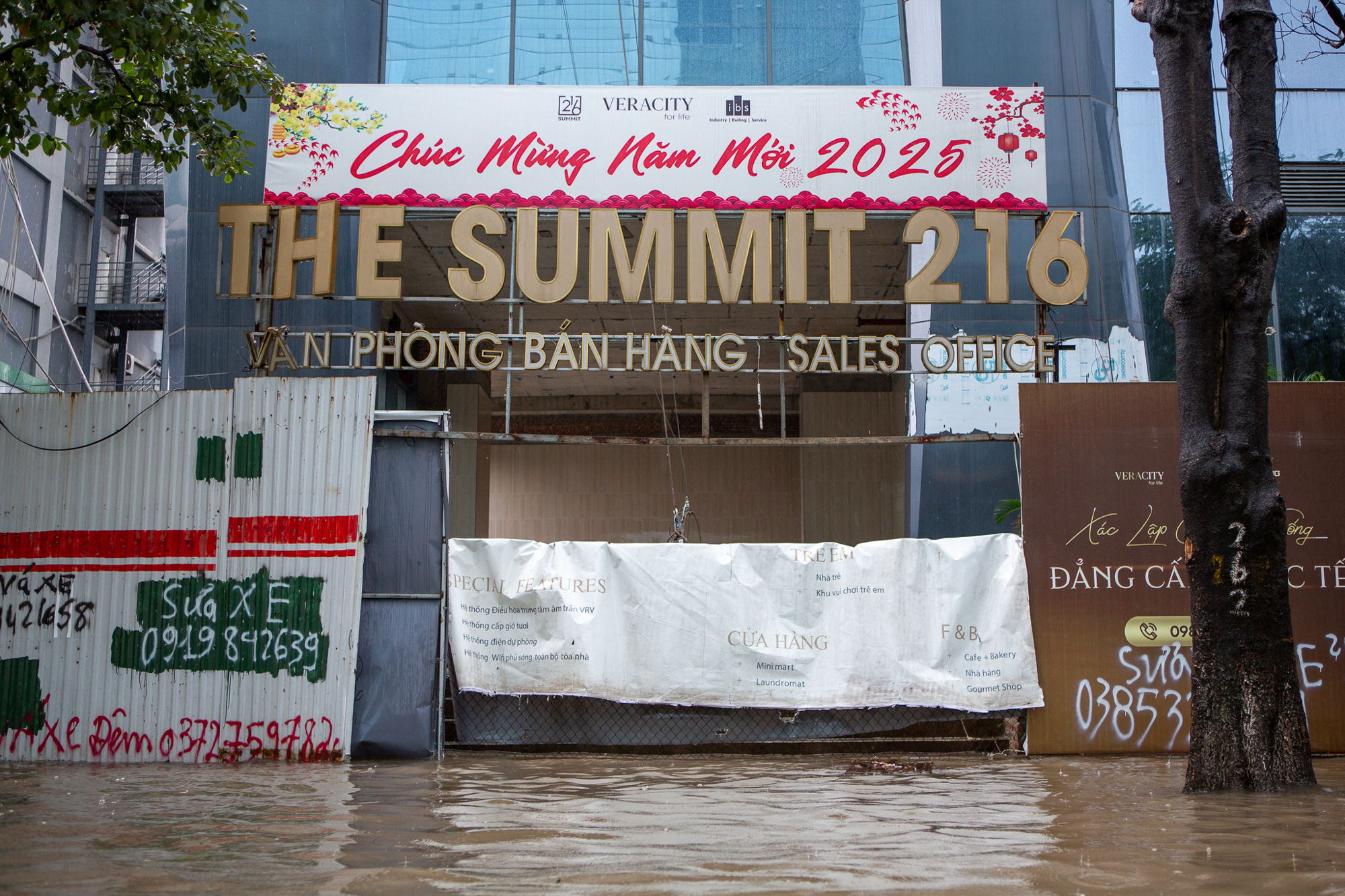
Heavy rain serves as the ultimate test for real estate. A project may be marketed as modern and convenient, but prolonged rainfall quickly exposes its weaknesses. From technical infrastructure and drainage to land planning, everything is “tested” by rainwater.
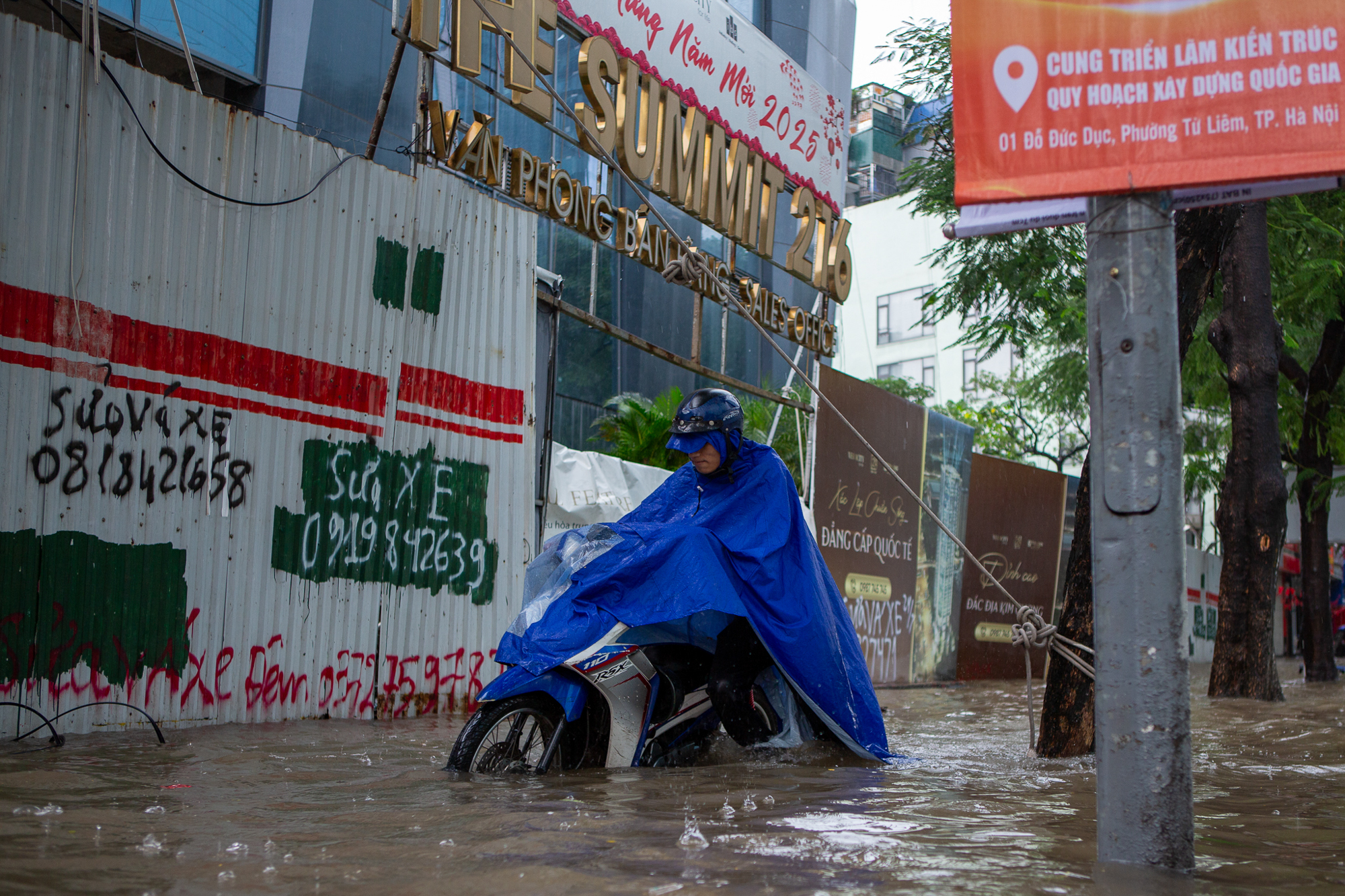
Prospective buyers often consider rainy days the ideal time to inspect properties. Surrounding flooding, or even flooding within a construction site, serves as a warning sign about quality. Conversely, projects that remain dry and operate smoothly during rain become a significant “plus” for attracting buyers.


